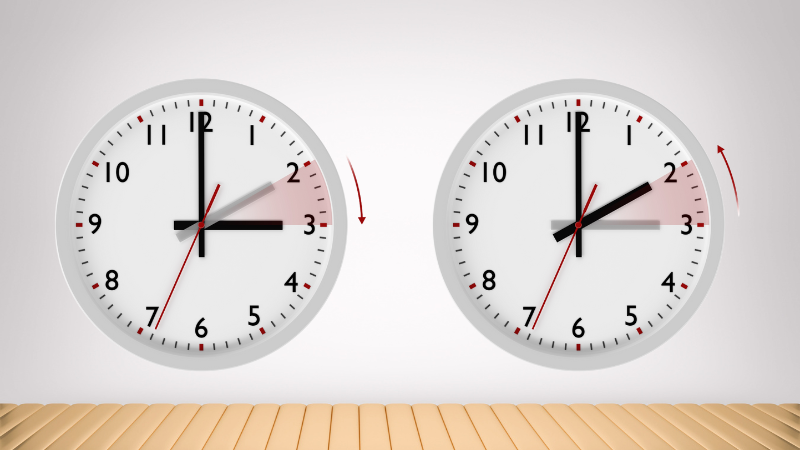Daylight Saving – What Employees are Paid?

On Sunday, 6 October 2024 daylight saving time will commence with the clock rolled forward one hour. Employees who work overnight will work one hour less but should be paid for the full shift according to the clock.
Some modern awards will have a daylight saving provision along the lines of:
For work performed on a shift that spans the time when daylight saving begins or ends, as prescribed by relevant state or territory legislation, an employee will be paid according to adjusted time (i.e. the time on the clock at the beginning of work and the time on the clock at the end of work).
Don’t forget to check your industrial instrument for terms about daylight saving. If the industrial instrument is silent the payment to employees should be made ‘by the clock’.
Example:
Sunny is covered by an Award that is silent on daylight saving. Sunny works 8.30pm to 5.00am.
During Sunny’s shift, daylight saving commences and clock goes forward one hour.
This means that Sunny worked 7 hours but is paid for 8 hours.
When daylight saving ends, the clock goes back one hour.
This means that Sunny worked 9 hours and is paid for 8 hours ‘by the clock’.
Key Takeaways for Employers
- Ensure Compliance: Review your industrial instrument to understand how daylight saving affects shift payments and to ensure compliance with any provisions.
- Award Provisions: Some awards and agreements include specific provisions for daylight saving, requiring adjusted time calculations based on the clock change.
- Default to Clock Time: If your award or agreement does not specify daylight saving provisions, employees should be paid according to the clock time for the hours they were scheduled to work.
Reference: Daylight Saving and Shift Work (1971) AR (NSW) 887
It was held that a period of time is measured by the hour of the clock when the period begins and when it ends.
Get In Touch
Our team provide employment law, industrial relations and safety expertise when you need it most.
Latest News
Posted in News



